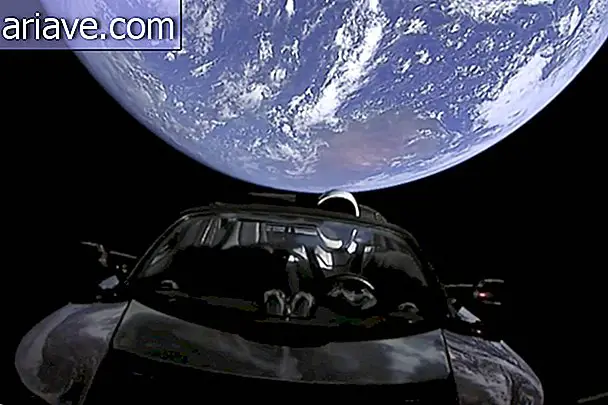How to find aliens in the cosmos? We should look for fluorescent planets!
One of the issues that most worries scientists - and humanity, in fact - is the possibility if we are not alone in the universe. As you may know, there is no shortage of initiatives focused on finding alien life forms in the cosmos, and thanks to a recent study published by researchers at the Carl Sagan Institute at Cornell University in the USA, ET hunters can now be aware of yet another clue that might indicate the existence of aliens out there!
Twinkle, twinkle little planet ...
According to the team behind the study, M-class stars are among the most abundant in the universe, and one problem with these suns is that although they are much smaller than ours and emit less light as well, they are usually “turbulent” and throw large amounts of UV radiation at the planets orbiting around them, even those in the habitable zone of their star systems.
It would be expected that all this energy would prevent life forms from emerging on these worlds, but, scientists argue, there may be organisms in these places that can survive radiation. The Earth harbors creatures like this: Corals can find corals capable of absorbing the sun's UV rays and neutralizing them - converting radiation into harmless, visible wavelengths in the form of radiant light.

This glow is known as bioluminescence - and the scientists who published the study suggest that we should look for this light in the cosmos, as there may be extraterrestrial life forms that have developed the same ability to neutralize radiation as our corals and emit the glow. fluorescent.
In addition, most of the UV rays that reach our planet are blocked by the ozone layer that surrounds us. However, in exoplanets devoid of this protective layer, organisms - if any - may have developed distinct ways of neutralizing radiation, and in this case, bathe the entire planet with their light.
At the moment, the telescopes we have here on Earth are not yet able to detect the bioluminescence of alien worlds. But the study's authors hope that in 1 or 2 decades they will already exist and can help in the search for extraterrestrial life forms. In fact, scientists already have a candidate for possible alien identification, Proxima B, a rocky planet that orbits around Proxima Centauri, the nearest star to us beyond the sun.











